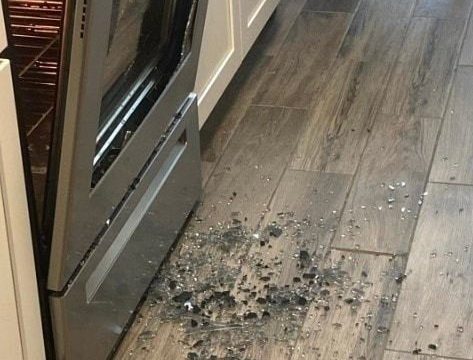When it comes to a truly indulgent meal, prime rib reigns supreme. This juicy, tender cut of beef is the epitome of luxurious dining and is perfect for impressing guests or treating yourself to something special. If you’re ready to master the art of cooking prime rib, this guide will walk you through every step to achieve a flavorful, mouthwatering result.
Choosing the Right Prime Rib
The first step in cooking a perfect prime rib is selecting the right cut. Look for a bone-in prime rib roast weighing between 6-8 pounds. The bone is key—it enhances the flavor and helps retain the meat’s juiciness as it cooks. Bone-in cuts are more flavorful, making your prime rib stand out as a true culinary masterpiece.
Prepping and Seasoning Your Prime Rib
Once you have the right cut, it’s time to prepare it for cooking. Begin by seasoning the roast generously. You will need:
- 2 tablespoons of olive oil
- Salt
- Freshly ground black pepper
Rub the prime rib with olive oil to create a base for the seasoning to stick. Then, sprinkle it generously with salt and pepper, ensuring every side is coated. If you want to infuse even more flavor, make small incisions in the meat using a paring knife and insert garlic cloves into the roast.
The Initial Searing Process
To achieve that beautiful, golden-brown crust, preheat your oven to 500°F (260°C). Place the seasoned prime rib on a rack in a roasting pan to allow for even heat circulation. At this temperature, roast the meat for 15 minutes. This initial high-heat phase is crucial, as it locks in the juices and forms a rich crust on the outside.
Slow Roasting for a Juicy Interior
After the initial 15-minute sear, reduce the oven temperature to 325°F (160°C) and continue roasting. The slower cooking process ensures that the prime rib is evenly cooked and remains juicy on the inside.
Use a meat thermometer to check the internal temperature, which will help you achieve your preferred level of doneness:
- Medium-rare: 135°F (57°C)
- Medium: 140°F (60°C)
- Well-done: 150°F (66°C)
To get the most accurate reading, insert the thermometer into the thickest part of the roast, away from the bone.
Letting It Rest
Once the prime rib reaches your desired temperature, remove it from the oven and let it rest for 15-20 minutes before carving. Resting is a vital step, as it allows the juices to redistribute throughout the meat, ensuring each slice is tender and flavorful. If you skip this step, the juices will run out when you cut into it, leaving the meat dry.
Serving and Enjoying Your Prime Rib
After resting, carve the prime rib into thick, juicy slices and serve with your favorite side dishes. This succulent roast pairs well with classic sides like mashed potatoes, roasted vegetables, or a fresh green salad. You can also add horseradish or a rich au jus for an extra burst of flavor.
Tips for the Best Prime Rib Experience
- Room Temperature: For even cooking, let the prime rib sit at room temperature for at least an hour before placing it in the oven.
- Season Ahead: For deeper flavor, season the meat the night before and let it marinate in the fridge.
- Use a Meat Thermometer: This ensures your roast is cooked precisely to your liking. It’s the most reliable way to avoid overcooking or undercooking.
With this step-by-step guide, you’ll be able to cook a prime rib that’s not only delicious but also worthy of any special occasion. So, whether it’s for a holiday feast, a family gathering, or a weekend treat, this recipe promises a memorable dining experience.





